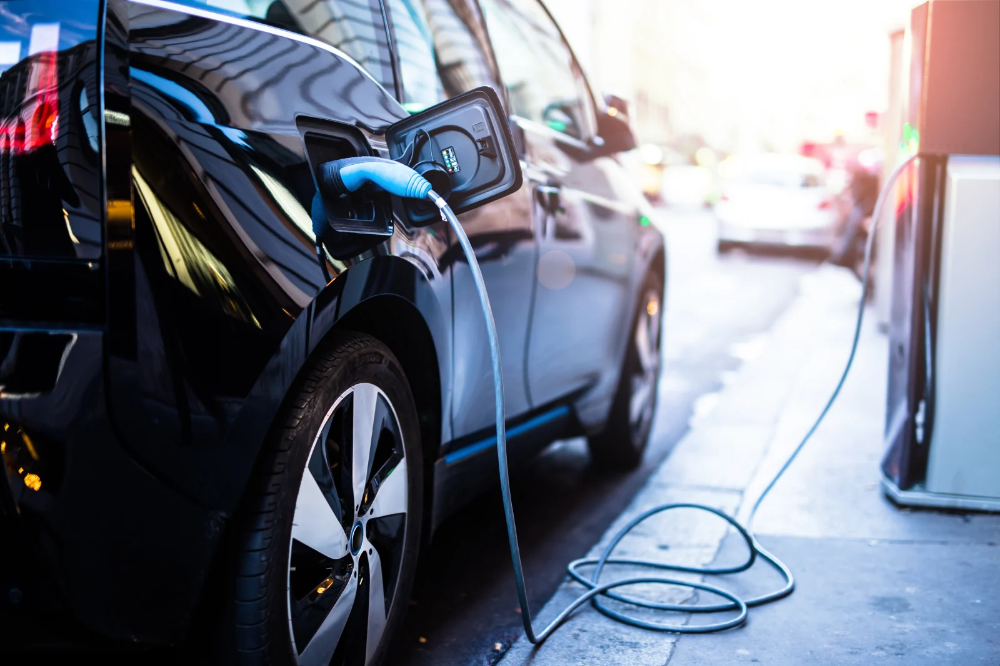This week’s collapse of the Nova Kakhovka dam in southern Ukraine has highlighted the crucial role that hydroelectric dams play in the world’s energy production as well as the challenges that many will face in 2023 due to severe weather. The Kakhovka dam break occurred after the facility had been dealing with unusually high water levels in recent weeks, while other global hydro facilities have been dealing with the opposite issue of low water levels in recent months, which has limited their ability to generate energy.

In the first months of 2023, hydropower sources produced less electricity than they did during the same period in 2022 throughout Asia, Europe, and North America, which put a strain on one of the main sources of clean power for electricity producers. Since Russia’s invasion of Ukraine in early 2022, statistics on the production of hydro dams in Ukraine and Russia have been unavailable to data providers. However, historically, Ukraine has generated around 5%–7% of its electricity from hydro sources, while in Russia, hydropower provides about 18%–20% of electricity.
WORLD DIP Global hydro-powered energy generation fell by over 4% in the first quarter of 2023 compared to the same time in 2022, according to statistics from Ember, as a result of output declines in major hydro producers China, the United States, India, Vietnam, and Turkey. Because there are fewer non-emitting hydropower resources in those and other nations, utilities in those nations must rely on other sources of dispatchable energy, like natural gas or coal, to meet electricity demand requirements and supplement the increasing amounts of intermittent renewable energy that are being fed into electricity grids.
The upcoming northern hemisphere summer’s hot and dry weather could further diminish hydropower capacity and put more strain on the world’s power systems, which are already struggling to keep up with the increased demand for air conditioners and other purposes. HEAVYWEIGHTS IN ASIA Asia, by far the region that produces the most hydropower, accounts for around 43% of the world’s hydropower generation capacity.
Even though China, the world’s largest hydropower producer, alone accounts for 30% of the world’s hydropower capacity, hydrogeneration in the first months of 2023 fell 7.2% from the same time in 2022 because of lower precipitation and hot, dry weather in important hydro hubs in the Yunnan province. Due to dry, hot weather and other factors, India, the sixth-largest hydro producer in the world and the second-largest in Asia, saw a drop in output of around 5% in early 2023 compared to early 2022. Due to the prolonged heatwave now affecting Vietnam, the country’s hydro production has decreased by 10.5% compared to the same period last year, making it the ninth largest hydro producer in the world. In comparison, according to Ember statistics, Japan’s hydro output has climbed by almost 16% from a year ago.
MUST READ – According To An IITR Research, Auto Emissions Increase Air Pollution.
THE MIXED BAG OF EUROPE Europe generates around 22% of the world’s hydropower, and so far in 2023, it has produced a mixed hydro production record. All of the main hydro producers—Norway, Sweden, France, Turkey, and Italy—saw a fall in output of around 8% in the first quarter of 2023 compared to the same period in 2022. Turkey has had the largest output loss as a result of a protracted drought, but output in Switzerland and Austria is now higher than in the previous year. AMERICA, NORTH AND SOUTH Although the United States has had the steepest output declines this year, Canada is still North America’s leading hydro producer.
Ember data reveals that overall hydrogeneration was 17% lower in the first four months of 2023 compared to the same period in 2022 because of drier-than-usual circumstances in Washington, Arizona, Nevada, and Colorado, all important hydro states. Due to similar circumstances, Mexico’s output is down around 15% from the total for 2022. In contrast, hydro output in Latin America is trending higher than year-ago levels, with Colombia witnessing a rise of around 10% and Brazil, the third-largest hydro producer globally, seeing production run about 3.4% higher than in 2022. Global hydro output has overall started off slowly in 2023 and is projected to continue to decline as a result of the Kakhovka dam disaster and rising temperatures throughout the warmest portion of the northern hemisphere summer.



